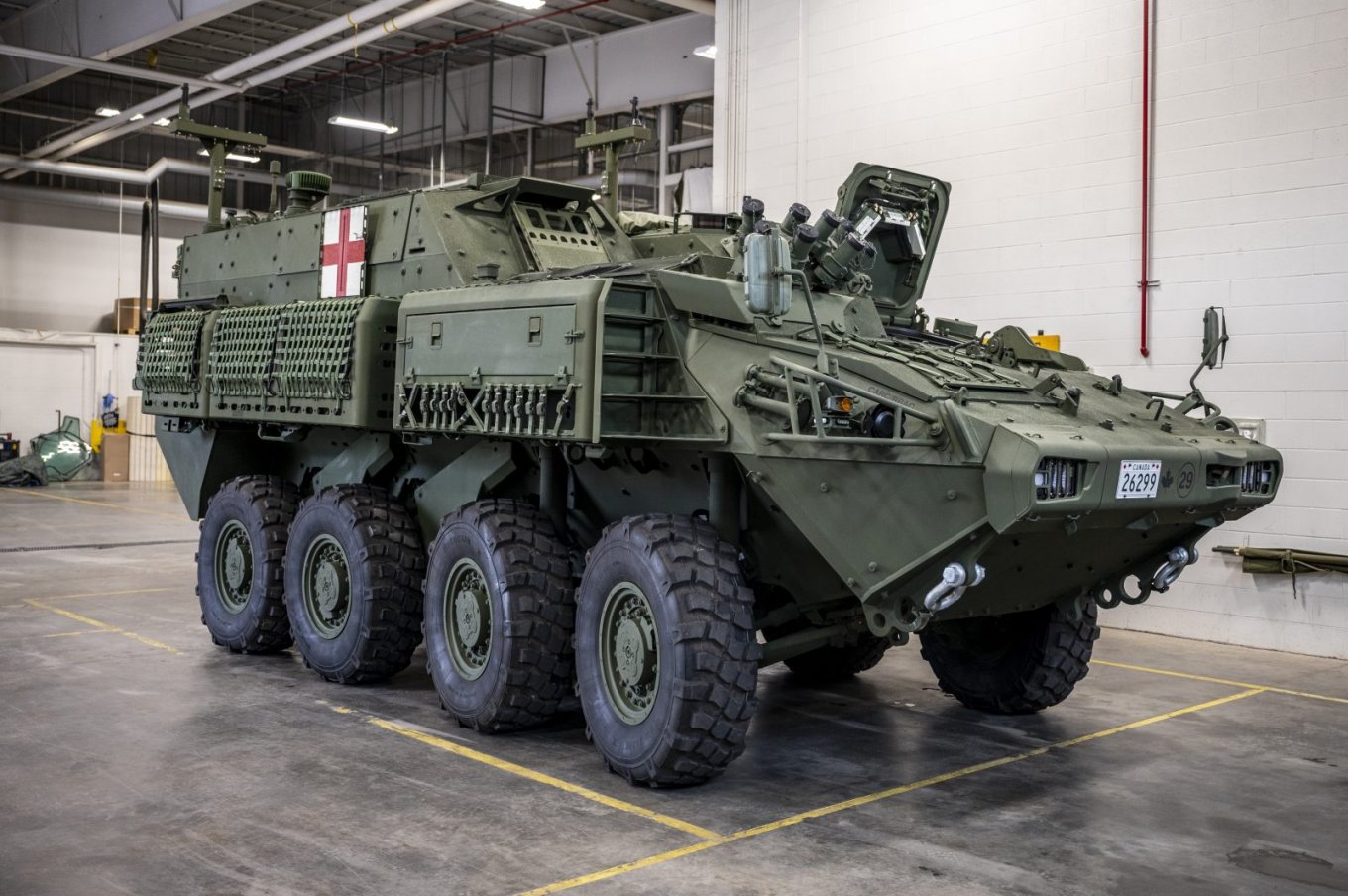Nearly six months after the first official talks about Canada potentially transferring CRV7 unguided aircraft rockets to Ukraine, official confirmation has arrived: these munitions will indeed bolster the Ukrainian Armed Forces (UAF).
Canadian Minister of National Defense Bill Blair announced that 2,300 CRV7 rockets will be delivered to Ukraine. This figure is significantly lower than the initial stock of 83,303 CRV7s in the Canadian military, which have been gradually decommissioned since summer of 2021. Although it was believed that about 8,000 were in working condition allowing for transfer, the actual number turned out to be much smaller.
Read more: ATACMS Methodically Destroys russian Air Defense in Crimea: General Staff Announces Another Strike on S-300 and S-400

As of March 2024, the Canadian defense department was still figuring out how to safely transport these rockets to Ukraine. Given that these munitions have far exceeded their service life, usage safety is paramount. This concern is especially relevant for the CRV7s because it's deployed by airplanes and helicopters, where malfunctioning ammunition could result in the loss of aircraft and the death of pilots. While CRV7s can also be used from ground-based ersatz MLRS, this does not mean the risks associated with their operation should be neglected.
For context, the CRV7 is the Canadian version of the Hydra 70 unguided rocket, it was adopted in the 1970s and is launched from standard 70mm rocket pods. The main difference is a more powerful engine, providing greater range and accuracy. Canada has developed its own warheads for these rockets, including an armor-piercing-explosive-incendiary warhead that can penetrate up to 1 meter of concrete, an anti-tank warhead with tungsten-steel flechettes, and an anti-personnel warhead with 80 smaller tungsten flechettes.

Additionally, the Canadian defense ministry announced the delivery of the first four LAV 6.0 Armored Combat Support Vehicles (ACVS) from General Dynamics, out of a batch of 50 units. Also known in Ukraine as Super Bison, these vehicles began strengthening the UAF in 2022 with an initial delivery of 39 units.
These first four LAV 6 vehicles will be configured for medical evacuation, equipped with all necessary gear. These vehicles are currently being sent to a training ground in Europe, where they will be handed over to Ukrainian forces. The first batch of these armored ambulances is expected to arrive in Ukraine this fall.

For a reminder, the LAV 6 ACSV represents the next generation of LAV wheeled armored vehicles, based on the Swiss Piranha armored personnel carrier. Notable members of this vehicle family include the American Stryker, derived from the Canadian LAV III.
The combat weight of the LAV 6 base version is 20.6 tons, increasing to 28.6 tons with additional armor. It is powered by a 450-horsepower Caterpillar C9 turbodiesel engine. The LAV 6 platform can be adapted for various roles, including wheeled infantry fighting vehicles and anti-aircraft self-propelled guns.
Particularly, one way to use the LAV 6 is to mount Nanuk remote controlled weapon stations on them. This weapon system will also be handed by Canada over to Ukrainian forces, the batch contains 29 units produced by the local branch of Rheinmetall for Canadian Armed Forces.
These weapon modules, now marketed under the name Fieldranger, can be equipped with either machine guns or automatic cannons.

Read more: Armored Personnel Carriers, Artillery Guns and More in the New $250 mln Ukraine Military Aid Package From the U.S.














